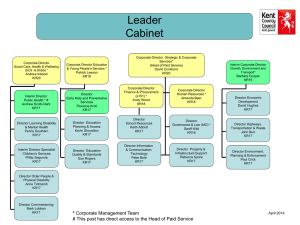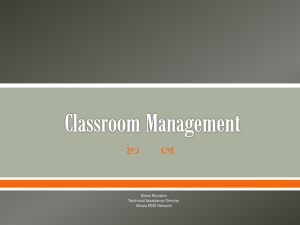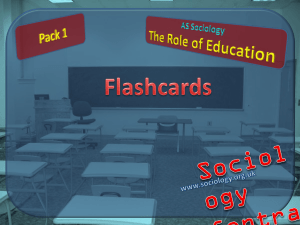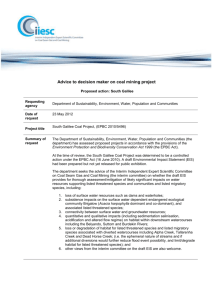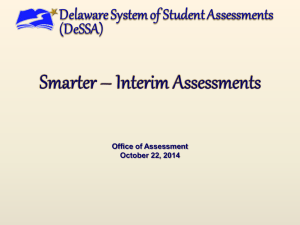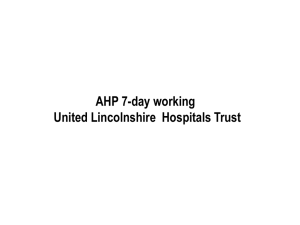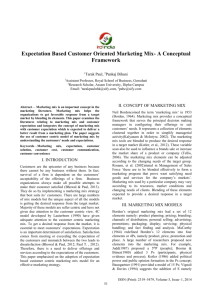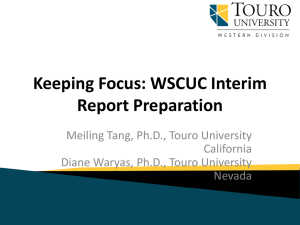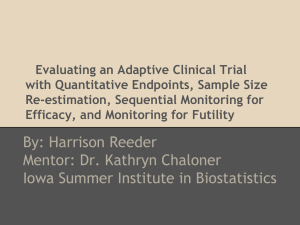Reporting to Parents
advertisement
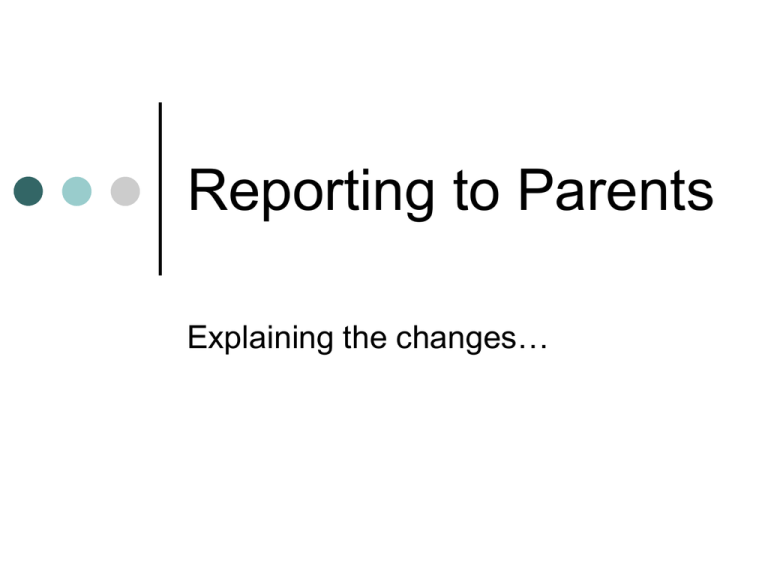
Reporting to Parents Explaining the changes… Purposes of the Reporting Process To provide teachers and students with the opportunity to report on a child’s progress and achievement. To provide opportunities for parents and caregivers to request information and to provide the school with useful information which will assist with the child’s education. Statutory Obligations National Administration Guideline: 2A Where a school has students enrolled in years 1-8, the board of trustees, with the principal and teaching staff, is required to use National Standards to: (a) report to students and their parents on the student’s progress and achievement in relation to National Standards. Reporting to parents in plain language in writing must be at least twice a year; What happens at Westburn? Children have two learning conferences each year where they share aspects of their learning with their parents Children get two written reports each year: an interim report and an End of Year report What happens at Westburn? Year 4 to 8 Essentially, the reporting process for Year 4 to 8 students will remain unchanged, the report formats will alter. In Term 2 learning conferences were held and an interim report was issued that gave an ‘update’ of student progress. In Term 4, the second learning conference will take place and an End of Year report will be issued. In this report, it is intended to compare student’s achievement with the National Standards. What happens at Westburn? Year 1 to 3 There have been some significant changes to the way in which student progress and achievement is reported for children who are in the first three years of their primary school education. Rather than reporting mid year and end of year, schools are now required to report to parents after the child has been at school one year, after two years and after three years. As you can imagine, with children’s birthdays falling throughout the course of the year, this raises some logistical issues for implementing the reporting process. We have decided to cluster students together whose birthdays fall in a particular term and report on them in Week 8 of that term. Here’s a simplified example of how a reporting cycle would look for a Year 1, 2 or 3 class: Term 1 Week 8 1 Feb – 15 April Term 2 Week 8 16 April – 17 July Term 3 Week 8 18 July – 9 Oct Term 4 Week 8 10 Oct – 30 Jan Interim Report and Learning Conference Andy Lena Tom Eddie Jenny Ben Millie Kyle Joe Colin Roberta Hemi Ari Molly Tyler Zak Bobbie End of Year Report and Learning Conference Colin Roberta Hemi Ari Molly Tyler Zak Bobbie Andy Lena Tom Eddie Jenny Ben Millie Kyle Joe The Interim Report The End of Year Report How the End of Year Report differs from the Interim Report Assessment results: The curriculum level that your child is operating at in reading, writing and mathematics when the report is written will be shown. The level will be further ‘refined’ to the following sub levels: basic, proficient and advanced. Assessment levels basic = beginning proficient = working at advanced = completing Assessment Levels National Standards Comparison The National Standards provide reference points or signposts that describe the achievement in reading, writing and mathematics In the End of Year report, tables will show for each of the three curriculum areas, where a student’s current level of achievement compares to a National Standard. A tick will show if the student is below expectation, at expectation or above expectation. Below expectation means working below the expected level of achievement At expectation means working at the National Standard Above expectation means working at least one year above the expected level of achievement National Standard tables will not be used before Term 4 How teachers make these important judgements… The ‘overall teacher judgement’ about a child’s assessment level and comparison to a National Standard is reached after collecting and considering evidence from a variety of sources. Teachers do not rely on one single area or result to form an opinion. Triangulation – Evidence of Learning Important notes about the National Standards The introduction process has not gone very smoothly. There is still a great deal of uncertainty surrounding the National Standards. The professional development that has been provided so far has been limited. There are still many important questions and issues that remain unanswered including where some of the standards have been set. At Westburn we intend to introduce the Standards, but would prefer that some of the key issues are addressed before we make our practices permanent. The last thing we want to do is to have to make major alterations to our school processes only to have the Ministry of Education make additional changes to the requirements during the course of this introductory year.

